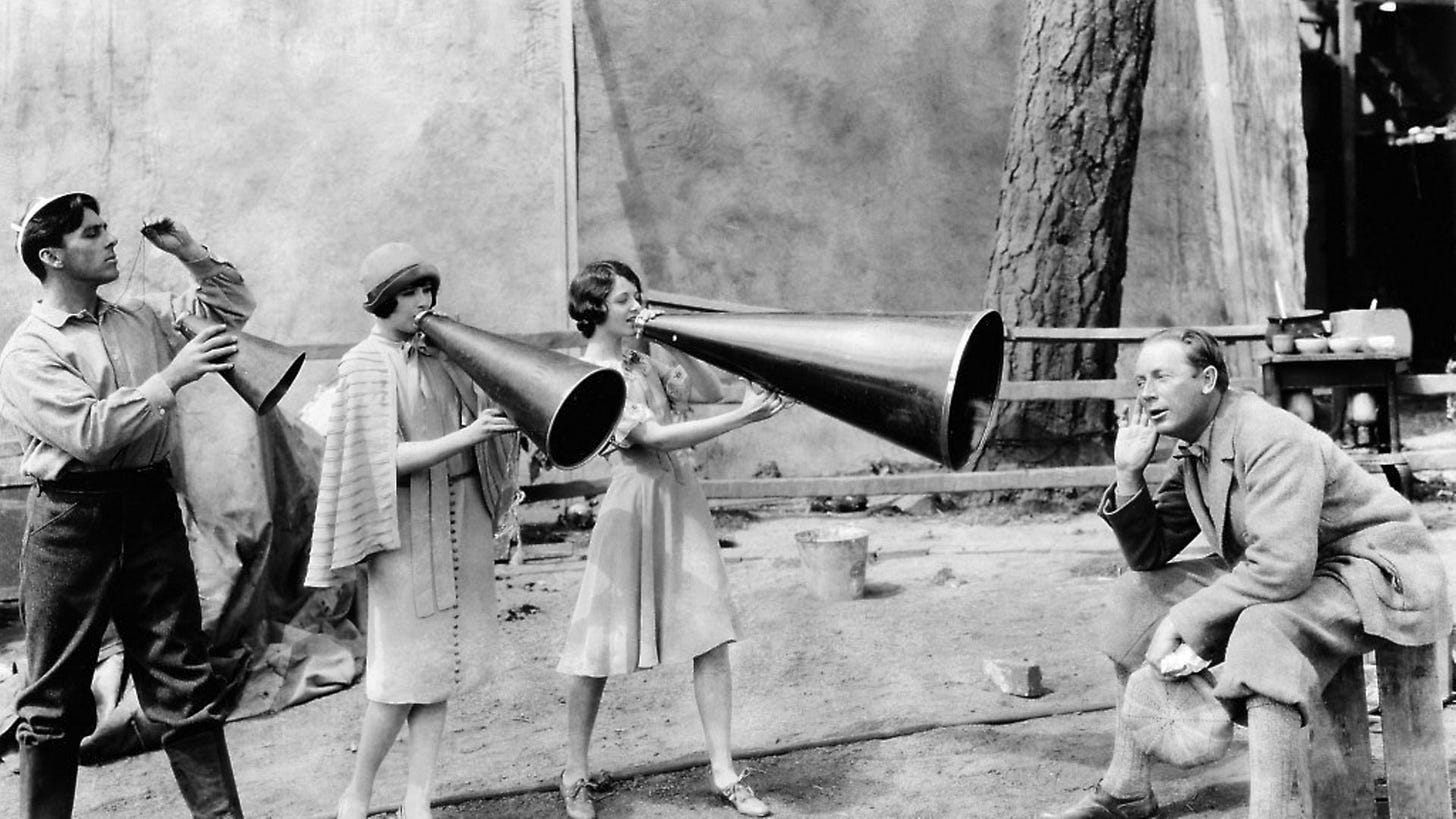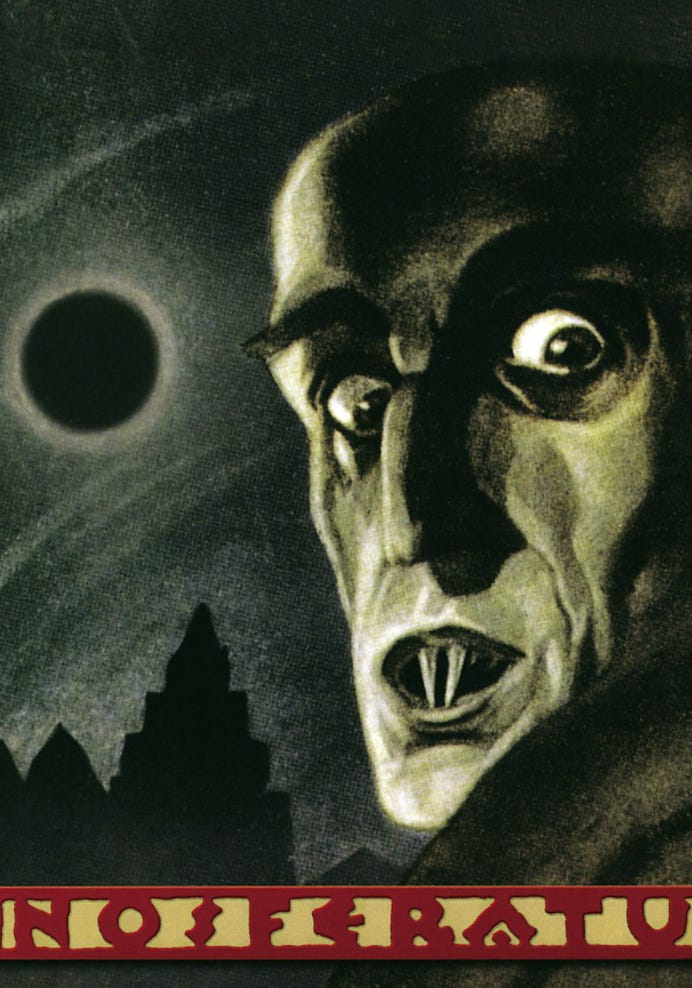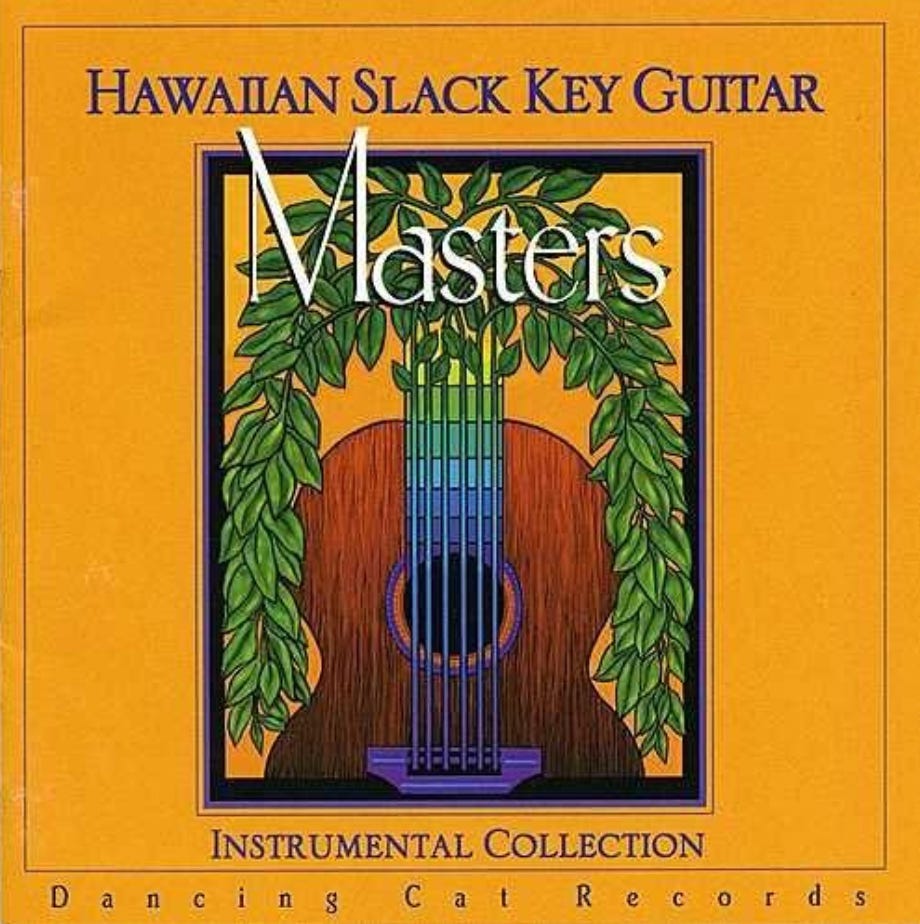What A Lovely Throat
“What matters in life is not what happens to you but what you remember and how you remember it.”― Gabriel Garcia Marquez
Back when Asher was an infant, I relished the nighttime hangs with him after he awoke and was fed by his mom. I would light incense and a candle, throw on a droney record—real low (think Jacob Kirkegaard or Pauline Oliveros’ Deep Listening Band) and tap into an old silent movie on the computer. I had decided to watch every film by the great FW Murnau through those late hours, those magical mornings before the dawn, holding Asher as he figured out his place in the astral plane, with the silvery lights of the films from bygone days dancing on the walls…
Murnau never disappoints. My favorite director of my favorite movement (German expressionism) of the silent era, Murnau’s film are beautiful pieces of art with so much humanity baked into every shadowed, artificed shot: The Last Laugh, with Emil Jannings putting in a fantastic pre-Nazi-collaborator performance as the disgraced doorman (the drunken dream sequence is breathtaking filmmaking)…Sunrise, one of his masterpieces, which won the most prestigious Academy Award of that year (after Murnau moved to the US)…Faust: Murnau’s glorious, psychedelic retelling of the Goethe’s masterpiece with Jannings again putting in an all-star performance as Satanic character (who he would later embody in real life)—Murnau’s body of work is something to dig into…to celebrate.
But the crown jewel of Murnau’s body of work is definitely Nosferatu. Released 100 years ago this week (today if you believe the consensus but earlier if you follow the film-geek-online conversations) I cannot think of many films that have had the impact and lasting appeal of the first (and one of the greatest) Vampire movie ever made. I first saw a still from the film in a book my brother had lying around. I was eight (younger?) and the image of Max Schreck’s Count Orlok…just the single photo of this fanged ghoulish monster moving towards the “lovely neck” of his victim…scared the shit out of me…and I kept going back to it, completely compelled. It seemed a drag that it was a silent film…but when I finally saw it, not only did it blow my mind but drove me to watch The Cabinet of Dr. Caligari, The Golem and and any film starring Lon Chaney (especially the ones directed by Todd Browning).
Max Shreck died too early, but this one iconic performance has cemented his legacy as a Celluloid legend: the way he crept through the scenes (that slow movement that still allows his character to somehow overtake his victim)…his insane yet distant gaze that peers through his jaw-dropping ghoulish make-up, filtered through Murnau’s shadows and darkness: he brought the monster to life. His performance feels so real that decades later E. Elias Merhige made a film ABOUT the Nosferatu film, Shadow of a Vampire, positing that Shreck was actually a real Vampire (William Dafoe got an Oscar nod for his performance as Shreck) not performing as much as being.
Nosferatu was made after World War I where Germany was in shambles and cut-off from the rest of the world. The expressionist movement was a reaction to that moment and Nosferatu (along with Caligari) put on screen the horrors that were underpinning the current reality. But isn’t that the job of the horror film…even today? And isn’t one of the reasons horror is such a popular genre the world over because we need these films to be our catharses as we process what we are seeing on the daily news? To allow ourselves to be completely freaked out in the safety of a dark movie house?
It all started with Nosferatu. It all started 100 years ago. And it is worth celebrating the moment by seeing it again.
Shabbes! (and HAPPY BIRTHDAY TO ELECTRIC PRUNE JAMES LOWE—it is tomorrow)!
When celebrities decide to collect/support art, it is always interesting to see what they choose to buy for their collections…especially if they decide to focus on a particular movement or style. I had no idea of Stipe’s focus on outsider art…and enjoyed seeing what he has amassed….
Claudia Rankine Tries to Answer the Impossible
“The poet and playwright and her friend, the writer Andrew Solomon, have an honest conversation about race, homophobia, interracial relationships, and the constant fear of violence.”
The Chronological History of the Cinematic Macabre
So, you want to see more “cinematic macabre” after watching Nosferatu? Rocky LaForge has created a collection of posters and stills that provide a detailed historical overview. Seriously: this is a missive feet. I still have not gotten through it all (it includes information about every film)…..
What Bandcamp’s Acquisition by Epic Games Means for Music Fans and Artists
Today is Bandcamp Friday and yesterday it was announced that bandcamp sold to a multi-national $$ company. The total indie-artist-friendly- site is no more…..or is it? The Bandcamp founders are putting out there that it is still a very artist-friendly site…as friendly as before. But there are doubts. Big ones...
Something In The Water: Robert Bilott On Corporate Greed And Chemical Contamination
Robert Bilott’s work inspired the film Dark Waters starring Mark Ruffalo. Getting a chance to hear him talk about his current work and thoughts is incredible. As usual, The Sun magazine does an incredible job.
WEEKEND LISTEN: Hawaiian Slack Key Guitar Masters
After our last trip to Hawaii and burning my family out on Sol Hoopii, I decided to turn our car-drive music over to the great tradition of Hawaiian Slack-Key guitar playing. “Slacking” the guitar means to take a traditionally tuned guitar and slacking the strings down until the guitar is opened-tuned to a specific key. To me it comes across like a tropical form of blues guitar playing. And when it is good….the music made gently surfs you through the sound-bath. This type of playing is still very much alive…in fact we missed the slack-key festival by a few weeks. But I DID find this compilation on Spotify, and it is a wonderful look at modern guitar masters: it is a Hawaiian version of a Tompkins Square Imagination Anthem release, with track after track of beautiful guitar playing. I am back home…still listening….still having dreams of Hawaii.
A Brief History of Snow
By: Serhiy Zhadan (Translated from the Ukrainian by Amelia Glaser and Yuliya Ilchuk)
A brief history of snow,
as told by eyewitnesses
mimicked by a chorus
collected from passers-by:
give me a chronology of the snowfall,
let me hold the thread that leads
to the borders of winter,
to a blizzard’s blue outskirts.
A brief description of what fills
the space between eastern dunes
and western lowlands,
a brief stop in winter’s long expedition.
All those who defended this city
will come out to its walls
and call after the bad weather
that fell on the shoulders of their dead:
You go first, snow, go,
once you’ve stepped forward, we’ll follow,
as you go out to the field
our singing will follow you.
After all, we’re the ones singing on a quiet night
when it’s silent downtown,
we plant the seeds of a sigh
in the black soil of breath.
Snow, fall on our childhood—
the safe haven of loyalty and noise,
here we were friendly
with the dark side of language,
with the deepening tenderness,
here we learned to collect voices
like coins,
you go first, snow, go first,
fill up the deep sadness of the well
that opened for you,
like a metaphor.
Past the last gasps of childhood behind the station wall
and the amateur blueprint of a Sunday school,
past the houses on a hill, where boys’
fragile voices break at the stem,
go ahead of us, snow, mark us present
in the book of comings and goings,
in the nighttime registry of love,
you go first, don’t be afraid of getting lost in the field
because we know you won’t get beyond the boundaries of sound,
beyond the boundaries of our names,
the world is like a dictionary, it preserves its own depths,
shares it with school teachers
and their students.
Your night is like prison bread, hidden in a pocket,
like the oblique silhouette of someone walking, the wax that’s shaped into the moon,
your path is a reinvented chronicle of cities,
the slope leading to the square,
the deep tracks left by hunters,
where fear meets courage.













